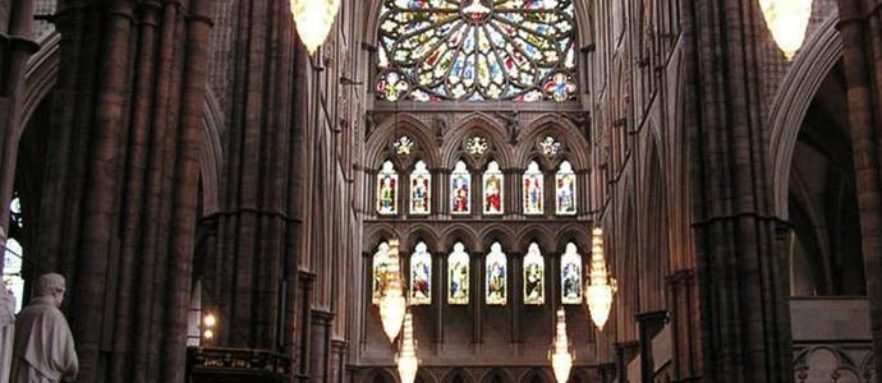A Royal Peculiar is a church that belongs directly to the monarch and not to any diocese, and does not come under the jurisdiction of a bishop. The concept originated in Anglo-Saxon times and developed as a result of the relationship between the Norman and Plantagenet Kings and the English Church. Henry VIII retained Royal Peculiars following the Reformation; the Ecclesiastical Licences Act of 1533, as confirmed by the Act of Supremacy of 1559, transferred to the Sovereign the jurisdiction which had previously been exercised by the Pope.
There are a number of Royal Peculiars of which Westminster Abbey (the Collegiate Church of St Peter, Westminster) and St George’s Chapel, Windsor (the Queen’s Free Chapel of St George in Windsor Castle) are the best known. Others include the Chapels Royal at Hampton Court and St James Palace, the Queen’s Chapel of the Savoy, the Chapels of St Peter ad Vincula and St John the Evangelist in the Tower of London and the Royal Foundation of St Katharine.
The Ecclesiastical Household is administered in the Lord Chamberlain’s Office at Buckingham Palace.
